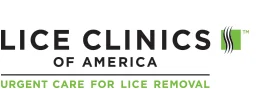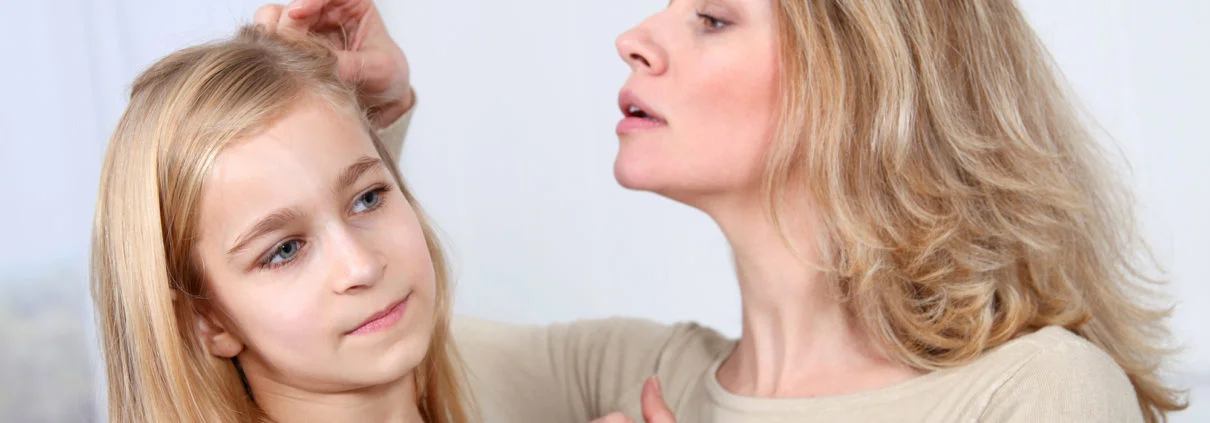After Lice Treatment: What You Need to Do
Ask any school nurse and they will tell you, lice infestations can be persistent and difficult to fight. Even the most effective lice treatment options cannot prevent a lice reinfestation, where you encounter live lice after successful treatment. In order to understand what you need to do after treatment, it can help to understand why lice infestations may persist despite treatment and how reinfestation occurs. With proper treatment and a few easy prevention steps, you can greatly reduce your risk of lice reinfestation.
Why Do Lice Infestations Persist Despite Treatment?
Treating lice only to have them re-emerge again and again is enough to drive anyone buggy. One reason for persistent lice infestations is that most lice treatment options do not kill lice eggs, called nits. Even the strongest pesticide shampoos are only effective on live lice. This is why the instructions on these products state that you will need to reapply the product at least once, if not more. As a result, you can successfully kill all live lice, only to have new lice emerge from their eggs (and start laying more eggs!) the following day. At Lice Clinics of America, our exclusive, FDA-cleared AirAllé® treatment kills live lice and 99.2% of lice eggs.
A second reason lice infestations persist is the prevalence of so-called super lice. The term super lice refers to strains of lice that have become resistant to many of the over-the-counter pesticides used to treat lice infestations. The active ingredients in these remedies are chemicals called pyrethroids. Kyong Yoon, an assistant professor at Southern Illinois University, assisted in the discovery of the super strains. Just how prevalent are these super lice? According to Yoon, “104 out of the 109 lice populations we tested had high levels of gene mutations, which have been linked to resistance to pyrethroids.” That’s over 95% of lice tested. These mutated lice have been found in 25 of the 50 states in the U.S. Since the AirAllé® treatment does not use pyrethroids, it is as effective on super lice as it is on the more common strains of head lice.
The third reason for a seemingly never-ending lice infestation is the prevalence of myth and misinformation surrounding lice treatments. In order to help parents and educators combat the misperceptions, the National Association of School Nurses has created Headfirst: Lice Lessons. This educational resource provides basic facts about lice in an effort to reduce infestations and decrease the stigma that surrounds lice.
Why Do Lice Reinfestations Occur After Treatment?
At Lice Clinics of America, thanks to our innovative and safe treatment options, you can leave our clinic lice free. Unfortunately, that doesn’t mean you won’t encounter a reinfestation. Reinfestations can occur in the exact same way as the initial infestation, usually head-to-head contact. According to the Center for Disease Control (CDC), “Head lice are mainly spread by direct contact with the hair of an infested person.” Additionally, lice can survive for up to 48 hours without feeding. As a result, you can be completely free of lice, but find yourself facing a reinfestation if you encounter lice that were transferred to clothing, hats, or furniture.
Steps to Prevent Reinfestation
Make sure you follow the instructions fully for your treatment choice. Some treatment options, such as the DIY home treatment kit offered at many Lice Clinics of America, require multiple comb-outs after the initial treatment to remove persistent nits. In addition to that, there are several follow-up steps recommended by the CDC to prevent reinfestation.
Wash all clothing, towels, and bed linens in your home that have been recently used by someone with a lice infestation in extremely hot water (130° F/54.4° C). Dry these items on high heat for a minimum of 20 minutes.
Dispose of or treat all hair care products, such as combs, brushes, and hair ties. If you choose to treat them, you’ll need to soak them in extremely hot water for 10 minutes.
Lice are transmitted easily between family members and people living in the same home. Ensure everyone in the home is assessed for lice and all infested individuals are treated thoroughly.
What Do I Do if I Suspect a Reinfestation?
In this case, the best thing to do is to find a Lice Clinic of America in your area and schedule an appointment. Before we recommend any further treatment, our trained technicians will screen you and your child for evidence of reinfestation. Lice infestations and re-infestations can be difficult for parents to diagnose. If you do indeed have a reinfestation, our technicians will discuss all available treatment options with you. If you suspect a reinfestation, find a local clinic and schedule an appointment today.


